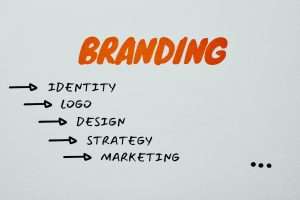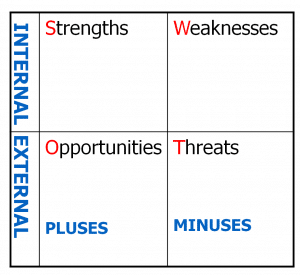How do you build a strong brand image?

Are you struggling to gain a competitive edge against your counterparts? Or is the disconnect between your business and customers widening every day? This could be a problem with your brand’s public image. How do you build a strong brand image?
How to Build a Strong Business Image
The marketplace is ever becoming overcrowded. And gaining a spot at the top where almost all referrals come your way now seems a daunting task. Even so, a solid brand image can do the magic for you. It’s the only way to stand out and capture your audience’s attention in a cutthroat environment. So how do you begin to build out your visual brand picture?
Whether you’re a startup seeking a footing in the market or an established enterprise hunting for lost glory, here’s a sure-fire way of building brand reputation.
What Is a Brand Image?
A brand image is the market perception of your company. It is how customers feel about your products or services; the credibility, quality, and trust you command. While visual inputs such as logos and ads are crucial in setting up a brand image, branding digs deep into a company’s culture, customer experience, and values. For your business to gain credibility and trust among customers, the marketing should reflect the services offered. An honest and consistent brand delivering premium quality cracks the nut.
Creating a Good Image for Your Business
Developing and nurturing an impeccable brand image in the earliest stages of a business is essential in expanding its territories and capabilities, whether a brick-and-mortar or digital enterprise. There are many creative ways to promote brand identity for your small business. Here’s a cost-effective path to a vibrant image for startups and companies working to revive their brand identity.
1. Build Brand Identity
Before clients and the whole market can remember who you are, they need to understand what you can do for them and why your business is so valuable to their lives. Therefore, the first step is communicating the benefits you offer in a way that’s relevant to their needs.
Start with an effective logo design, then creatively drafted adverts that speak the brand’s outstanding features while leaving unforgettable memories can help you build an enduring identity. In establishing your brand identity, you need to answer the questions: Who are you? What do you offer? What makes you stand out, and why do you trade?
2. Perform a SWOT analysis
How prepared is your business for an unpredictable future? A strengths, weaknesses, opportunities, and threats (SWOT) analysis involves identifying your strengths and weaknesses while comparing with the competitor(s)’ in order to reduce surprises. The analysis will help you identify and maximize opportunities and close up on the threats to gain a competitive edge against your rivals. Such a strategy allows you to understand where your brand currently stands in the market.
3. Identify Your Audience
Your branding guidelines should be tailored to target prospects, which can be both external and internal groups. The internal group consists of employees and partners, while the external target focuses on the customers plus other industry players.
Outlining your target audience informs your marketing strategies to help you address their needs or concerns directly. The colors, language, font, and marketing approach you take determines how well you connect with your audience.
4. Establish Your Brand Culture
Your business culture is a reflection of your mission and values. These are what you stand for as an organization, support or offer to your customers and employees. Your vision will be communicating your company culture. So, be sure to define the short-term and long-term goals before going out to the market.
5. Define Your Business Tone
Once you understand your audience and have business goals clearly in mind, it’s time to define your tone. Whether you’re a fun-loving brand that thrives in a relaxed environment or a corporate that focuses on professionalism, choose a brand tone, which engages your audience the most. In either way, ensure your brand commands a unique personality that’s unequaled in the market.
6. Develop Brand Guidelines
With everything set and ready, now focus on developing the standards that define the visuals of the brand. This includes curating a logo, creating a relevant tagline, and selecting the appropriate theme color and fonts. The guidelines will act as a common ground for developing marketing strategies to ensure consistency across different platforms.
7. Carry your brand always
Exposure for your brand begins with you. It’s, therefore, crucial to be your brand ambassador wherever you go, both virtually and physically. As you share your business brand identity on social media and create new associations for broadened recognition in the marketplace, ensure everything follows your brand guidelines.
Build a Strong Business Image 
Every business needs to make a profit. A solid brand image can be your way to either huge losses or a profit-making spree. With a strong image, you can attract and retain the right clients, which translates to more sales. A satisfied customer is more likely to refer to another prospect or act as a link to valuable partnerships, thereby increasing your company’s market visibility. So it is a in your business interest to encourage reviews by asking for feedback from your loyal followers.
As you work to bring your brand identity to life, build trust and credibility by ensuring that your branding visuals reflect what you offer. Once you establish yourself as a strong brand, striking business deals that might see your company grow to the next level becomes much easier. If you want a long-lasting business legacy that transcends generations, put every effort into building a rock-solid image.















Leave a Reply